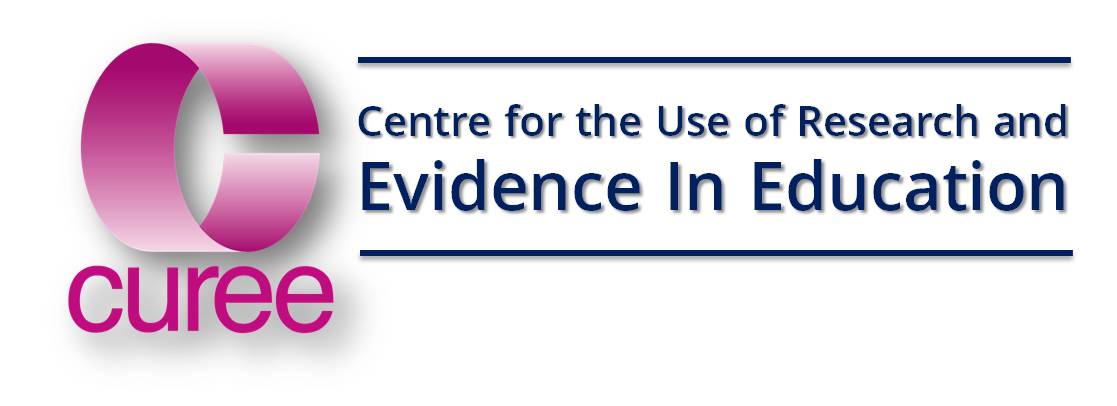The National Teacher Research Panel was set up about 15 years ago by CUREE supported by a group of national education agencies most of which no longer exist. It had three main goals:
- To ensure that all research in education takes account of the teacher perspective
- To ensure a higher profile for research and evidence informed practice in government, academic and practitioner communities
- To increase the number of teachers engaged in and with the full spectrum of research activity.
Over the several years of its existence, the Panel, supported by its expert advisers in CUREE, has helped and encouraged dozens of teachers and school leaders to do high quality but practical research. The Panel also helped them report their findings succinctly, in plain English and focused on relevance to other practitioners. This is one such example of that work.
To shed some light on these important issues, the TLA research team looked at evaluations of a classroom approach called 'Thinking Together' which helped pupils learn to work collaboratively and improve their capacity to think.Our last summary explored how teachers planned and used talk for learning in their classrooms. This summary explores what teachers can do to help pupils work collaboratively using dialogue both to communicate with each other and to reason together.The researchers developed their Thinking Together approach to promote primary pupils' use of exploratory talk. Exploratory talk is a type of talk believed to be effective for thinking and learning. Pupils who engage in exploratory talk pool ideas, opinions and information. They think aloud together to create shared knowledge and understanding. Central to the Thinking Together approach is the researchers' belief that collaborative thinking skills can and should be explicitly taught. The Thinking Together approach is underpinned by Lev Vygotsky's educational theory (which we have reported in an earlier summary), that an important way in which children learn to think individually is through learning to reason with others through dialogue.The researchers have carried out a number of experimental implementations and evaluations of their Thinking Together approach over the last ten years or so. They considered ICT, particularly stand-alone computers, to be a useful tool for collaborative discussion, and they investigated its application in school classrooms in a number of their research projects. Their studies repeatedly showed that when children were taught how to reason together through exploratory talk, they were able to transfer their reasoning skills to other educational experiences. These benefits were particularly significant for children for whom English is an additional language. This TLA research summarises and synthesises three of the researchers' studies: Wegerif, R., N. Mercer and L. Dawes (1999). 'From social interaction to individual reasoning: an empirical investigation of a possible socio-cultural model of cognitive development'. Learning and Instruction 9 (5) pp.493-516.Wegerif, R., K. Littleton, L. Dawes, N. Mercer and D. Rowe (2004). 'Widening access to educational opportunities through teaching children how to reason together'. Westminster Studies in Education 27 (2) pp. 143-156.Wegerif, R. (2004). 'The role of ICT as catalyst and support for dialogue'. NALDIC Quarterly 1 (4) pp. 4-12.In this summary we explore:
the rationale underpinning the Thinking Together approach
how primary aged pupils benefited from the Thinking Together approach
how they were taught to interact and reason with each other, and
ways computers were used to support pupil dialogue.
We also give a range of examples of successful pupil interactions drawn from the studies, together with some that were less effective, to illustrate the impact the Thinking Together approach had on primary pupils' discussions with each other. Several of the case studies we have selected illustrate ways of encouraging exploratory talk during collaborative group work at secondary level.We think that practitioners at both primary and secondary level, who would like to promote collaborative working, improve their pupils' thinking skills and make effective use of computers will find the material helpful.
File attachments:
Document section:
